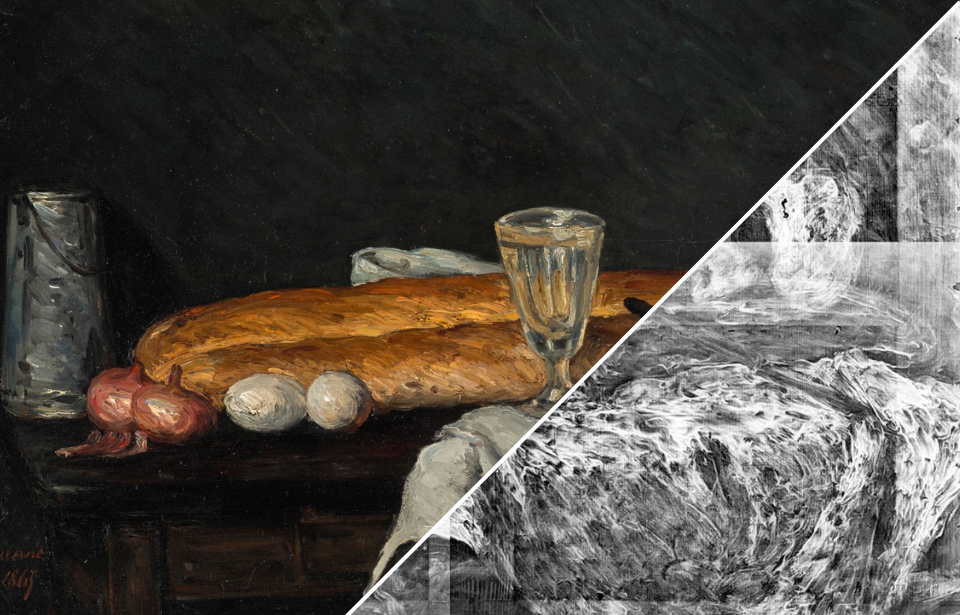Celebrated French artist Paul Cézanne was part of a revolutionary 19th-century movement that redefined the meaning of art and challenged outdated ideals of realism and romanticism. While his work was misunderstood and discredited for most of his life, a new discovery hidden in an early still-life painting has shocked and baffled art historians. An X-ray revealed a covered-up portrait that could be the artist himself.
Cézanne’s troubled start in the arts
Paul Cézanne was born in Aix-en-Provence, France in 1839. He was born into a wealthy family and was expected to go into banking just like his father, but from a young age, Cézanne knew he wanted to pursue a career in the arts. After two painful years of law school, Cézanne was finally able to persuade his father to let him study painting in Paris. He left Paris after only five months, largely because of the severe depression brought on by his lack of artistic skills. He felt different from his classmates, but soon that difference would help to define his career.
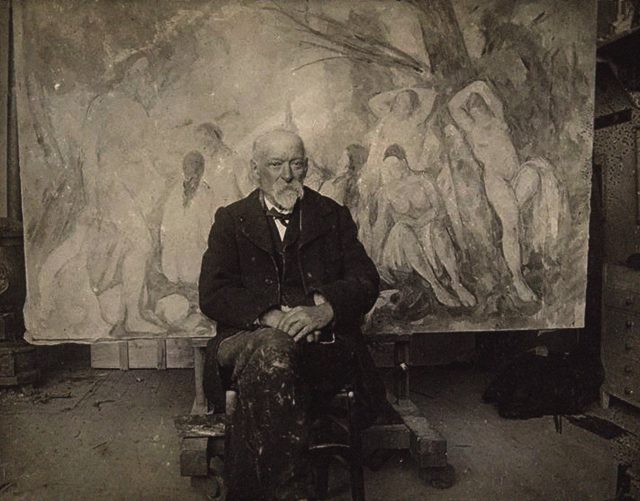
Considered one of the greatest artists of the Post-Impressionist period, Cézanne explored new artistic techniques by pushing the boundaries of Impressionism using still life paintings. One of the earliest examples of Cézanne’s 1865 work, titled Still Life With Bread and Eggs, is housed in the permanent collection at the Cincinnati Art Museum. The painting depicts a table with a metal kettle, a loaf of bread, two eggs, and a glass cup artfully posed on top of a white cloth.
The period in which Cézanne painted Bread and Eggs was one of the most turbulent in French society, particularly among artists. Realist painters like Gustave Courbet rejected paintings in the Classical and Romantic styles. And in 1863, Emperor Napoleon III opened an exhibition called Salon des Refusés, which consisted of works from counter-movements like Impressionism – which critics widely denounced.
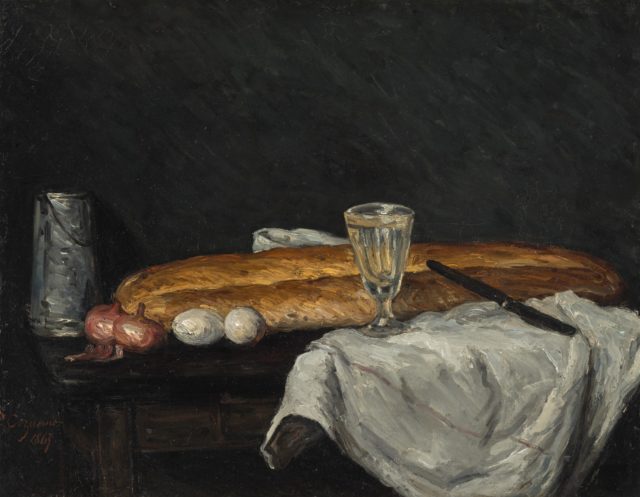
Cézanne was drawn to the controversial work of members of the Salon des Refusés, which included artistic masterminds like Édouard Manet, Claude Monet, Pierre-Auguste Renoir, and Edgar Degas. Around this time much of Cézanne’s work used dark, ominous colors contrasted with extremes of harsh light. His paintings, like Bread and Eggs, were also influenced by the swirling patterns of Eugène Delacroix’s swirling compositions.
A hidden masterpiece
Chief conservator Serena Urry was helping to dismantle a recent exhibit at the Cincinnati Art Museum that showcased works from five famed Post-Impressionist artists, including Cézanne’s Still Life with Bread and Eggs. Taking the painting off the wall, Urry noticed the painting was in need of some restoration – specifically, the poor quality of the varnish on top of the oil masterpiece. “I had a hunch,” Urry said in a statement released by the museum.
Urry began removing some of the varnish on the painting when she spotted several cracks in dark parts of the background. “I noticed that there was some white showing in the two areas of cracks,” Urry recalled. These kinds of cracks typically mean there was some kind of layering problem, suggesting that an older layer of paint could be lying underneath the piece. To investigate her hypothesis, Urry had the painting X-rayed, and what she saw when she turned the X-ray images 90 degrees left her speechless.
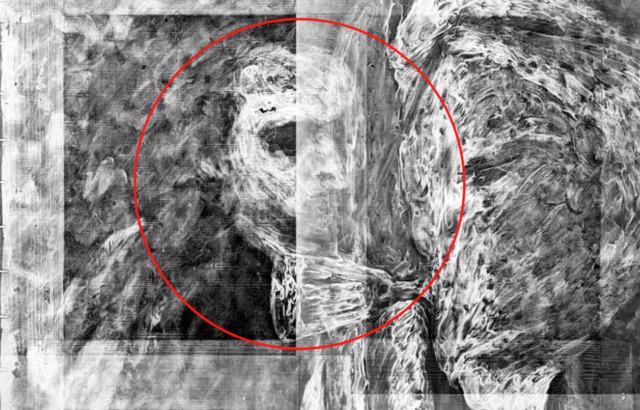
The X-ray had revealed an image of a face hidden beneath the layer of white paint. The museum now believes this is a self-portrait of the artist. The discovery only adds value to the already priceless painting, one of the few that the artist actually signed and dated. Since the mystery painting was likely done before 1865, it offers a unique look into the 20-something artist’s mind as he began his artistic journey.
The museum’s Curator of European Paintings, Sculpture, and Drawings, Peter Jonathan Bell, explained why the discovery is so important. “What has gotten people in the art history world excited is that the portrait gives us the moment Cézanne is trying to break into the salon [Salon des Refusés] and start his career.”
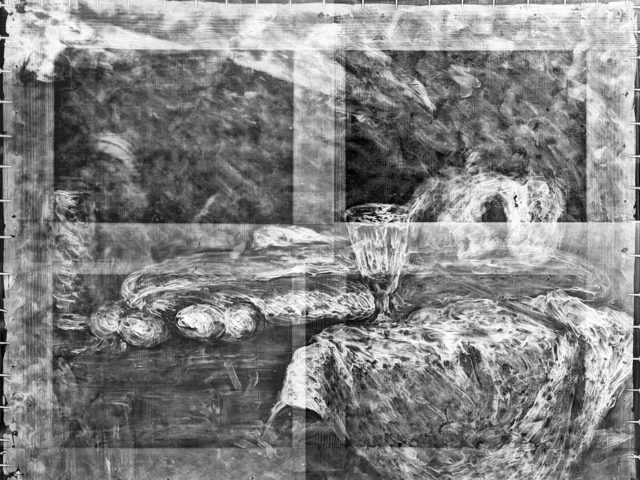
Urry also took notice of the way the hidden portrait was posed and how it could reflect the artist’s intent, especially when addressing the debate of whether it was a self-portrait or a portrait of another person. “He’s got his body sideways and that is a self-portrait position,” Urry said. Bell, on the other hand, thinks it could be the artist’s uncle – someone Cézanne painted regularly in his early work.
More from us: Investigation of a Masterpiece Reveals Incredible Secret Hidden for 100 Years
The jury is still out on who is depicted in the portrait and why, but there is no doubt that this is one of the greatest art discoveries in recent years.
